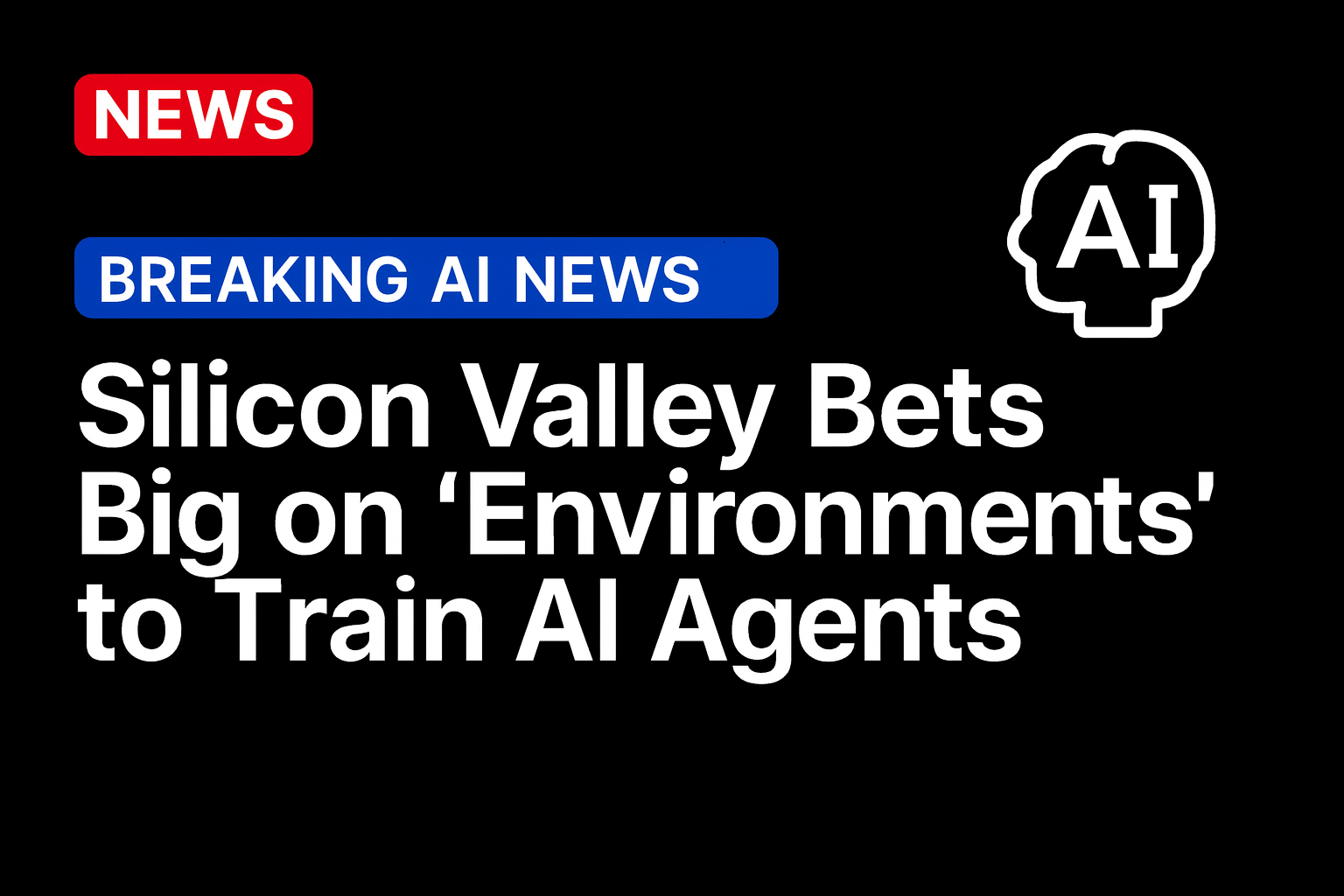Amazon, a key player in the cloud computing industry, is setting its sights on a new frontier: AI chips. The company has unveiled an ambitious plan to rival Nvidia, the current industry leader in AI chip technology. While Nvidia remains a dominant force with its cutting-edge GPUs powering the AI revolution, Amazon’s strategic push signals its intent to reduce dependency on the chipmaker and gain a stronger foothold in the rapidly growing AI sector.
Aiming for Independence
Amazon Web Services (AWS), the company’s highly profitable cloud division, relies heavily on third-party chips to power its machine learning and AI workloads. This dependence on Nvidia, whose GPUs are the backbone of AI training and inference, has prompted Amazon to invest in its own silicon design efforts. The goal? To create high-performance, cost-effective chips tailored for AI applications.
AWS has already developed custom chips such as Graviton for general computing and Inferentia for machine learning inference. Its new AI chip initiative seeks to build on these successes and expand capabilities to compete in the high-stakes AI hardware market.
Why This Matters
Nvidia’s GPUs are unparalleled in their ability to handle complex AI tasks, from training large language models to real-time inference. However, the rising cost and supply constraints of these chips pose challenges for cloud providers like Amazon. By developing its own AI chips, Amazon could:
- Lower Costs: Custom silicon could reduce reliance on expensive Nvidia GPUs, saving costs on large-scale deployments.
- Optimize Performance: Amazon can design chips specifically for AWS workloads, optimizing speed and energy efficiency.
- Increase Competitiveness: Offering differentiated hardware solutions could attract new customers to AWS, challenging rivals like Google Cloud and Microsoft Azure.
The Challenges Ahead
Amazon faces a steep uphill battle in dethroning Nvidia. The chipmaker has decades of experience, a vast ecosystem of tools, and a loyal customer base. Building chips that match Nvidia’s performance and compatibility will require significant investment and expertise.
Moreover, Nvidia’s leadership in software frameworks like CUDA creates a barrier for competitors. Even if Amazon’s hardware achieves parity, convincing developers to switch ecosystems will be another hurdle.
What’s Next?
Amazon’s moonshot project reflects the broader trend of tech giants moving toward vertical integration. While it’s unlikely to dislodge Nvidia in the near term, Amazon’s effort could reshape the AI chip landscape in the long run, fostering greater competition and innovation. If successful, the initiative could transform AWS into a more self-sufficient and cost-efficient cloud provider.




